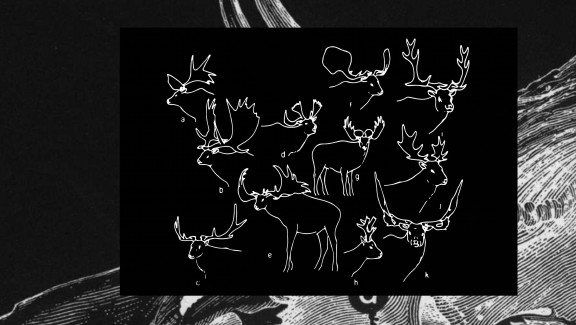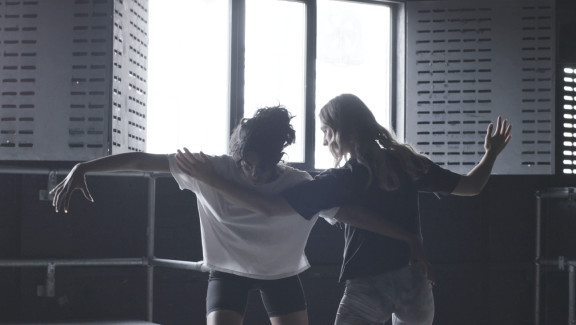The Flesh of Language
Synopsis
Official Selection BFI London Film Festival 2024
Details
- Year
- 2023
- Type of project
- Shorts
- Running time
- 17 mins 23 sec
- Format
- 1080p
- Director
-
Amanda Rice
- Producer
- Amanda Rice
- Editor
- Amanda Rice
- Screenwriter
- Amanda Rice
- Director of Photography
- Felix Schmilinsky, Kevin Hughes
- Sound
- Graeme Arnfield, Liam McCartan
- Composer
- Ghibli (Alberto Garbelli)
- Principal cast
- Richard Pye, Lesya Tyminska, Ananya Jaidev, Nina Davies, Louise Cordery
- Movement Direction
- Richard Pye
Genre
Categories
Production Status
Production Company
Ireland, UK co-production
Funded by the Arts Council of Ireland
Page updates
This page was last updated on 12th May 2025. Please let us know if we need to make any amendments or request edit access by clicking below.
See also
You may also be interested in other relevant projects in the database.
 Dancing on Road
Dancing on Road
Director: Lauren Gee
Year: 2024
Documenting and celebrating the Black British female roller-skating community, showcasing its long history and fixture within popular culture. Blurring the boundaries between documentary and music video, this experimental film reveals the expansive network of London’s Black skate scene through two key individuals that share their stories and delve into what this space and their skate crews and mentors provide them. This joyous exploration gives visibility to a subculture that to many outsiders is unknown but is made familiar through its nostalgic lens which pays homage to the sports DIY and music-led roots. Official Selection Trinidad and Tobago Film Festival 2025
 Glaciers Requiem
Glaciers Requiem
Director: Saddiq Abubakar
Year: 2026
In isolation on Iceland’s Snæfellsnes Peninsula, Nigerian-born modular synthesis artist Colloboh transforms glacial and oceanic recordings into sonic compositions - uncovering a dialogue between ice and sea that reshapes his understanding of consciousness, ecological collapse, and humanity’s place within both. As his process unfolds, Colloboh transforms these sounds into layered sonic works that blur the boundaries between observation and communion. The film culminates in a haunting gesture: he plays the completed composition back to the landscape itself, completing a dialogue between artist and environment. A meditation on impermanence, consciousness, and the fragile bond between humanity and the natural world.
 Transcendence
Transcendence
Director: Sharon Burrell
Year: 2025
An experimental film conveying a positive lived experience of being trans, as a counterpoint to the overwhelmingly negative narratives in the current discourse. This glimmer of hope and optimism, performed by trans artist Toby Vincer, devised with director Sharon Burrell, meditates on Toby’s relationship with their body, the Divine Feminine, and the natural environment.

